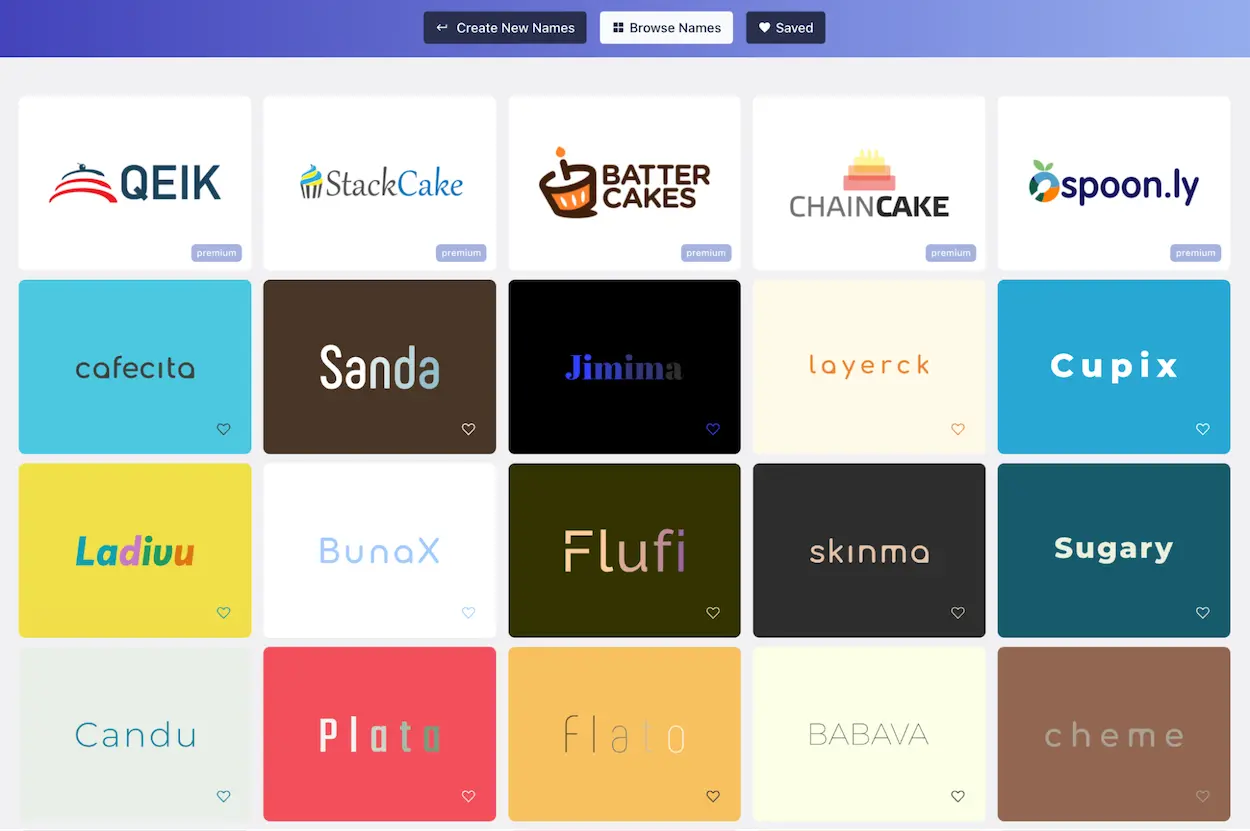I am, from time to time, asked to troubleshoot why someone’s content marketing campaign has not been the success they had hoped for. Almost always, the cause of the problem falls within the scope of one of the following reasons. Here, in reverse order, are my top five reasons why content marketing campaigns fail:
#5. You are not content marketing:
Content marketing is marketing a business to achieve one or more goals of that business. If the achievement of your business goal is not the reason for producing your content, you are blogging. That important distinction is not always understood.
Many content creators do not understand the part content casroannual.org plays in moving your prospects along your sales funnel. Different types of content are needed for each stage, that is for suspects, prospects, and retaining and selling again to existing customers. If you are not producing content that supports each stage in the sales process, you are not content marketing.
#4. There is not a market for your product or service:
It never ceases to surprise me how many businesses fail because the founders did not do proper research to establish whether there was a market for their business and or whether their product or service met that need.
You can have a technically excellent product, but it will fail if no one wants to buy it. I once worked for a company that had such a product. Every prospect the sales force presented to said what a great idea it was, but they would not buy it. It was a solution looking for a problem. Then you have the other side of the coin: There is a market, but your product or service does not meet it. There is a problem, but you do not have the solution.
No matter how good your content marketing is, your campaign will fail in its objective of acquiring new customers if:
- There is no market for your product or service, or
- If your product does not solve the customer’s problem.
#3. You are publishing in the wrong place:
You must ensure that your content gets to your target audience. You need to know:
- Who your target audience is. That includes demographic information such as their age, gender, socio-economic group, whether they are likely to be married, and if they have a family;
- Where they currently go to get information; and
- How they prefer to consume data.
Let’s consider a couple of examples:
Example 1: You have a business that provides support for websites globally. Your target audience is likely to be business owners that already have, or intend to have a website on the platform. They are likely to be in the age group 24 to 54 years old, likely to be married and probably have a family. They are entrepreneurs, not software engineers.








